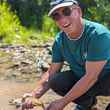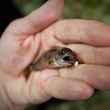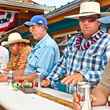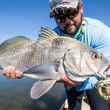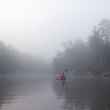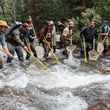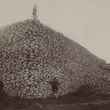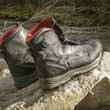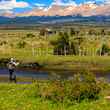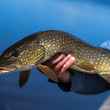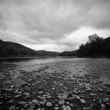A recently released documentary highlights the effects of the farming of Atlantic Salmon in the waters of the Canadian Pacific Northwest. The feature length film, which is freely available for viewing online, tracks the findings a number of scientific studies which have found evidence of european salmon diseases -- commonly found in farmed salmon -- in wild pacific salmon. These studies have presented evidence that links the transmission of these diseases, specifically the incredibly lethal disease ISA, from farmed salmon to wild salmon to previously unexplained declines in Canadian sockeye salmon runs.
ISA has long been a problem for salmon farming operations in the waters off Norway, Scotland, eastern Canada and Chile. The virus, by infecting the red blood cells, causes severe anemia in affected fish, often leading to death. Mortality rates in infected farming operations as high as 100% have been observed. Loss rates of 70% are not uncommon. There is no treatment for the disease once a fish is infected and vaccines designed to prevent infection are considered less than effective and difficult to administer.





